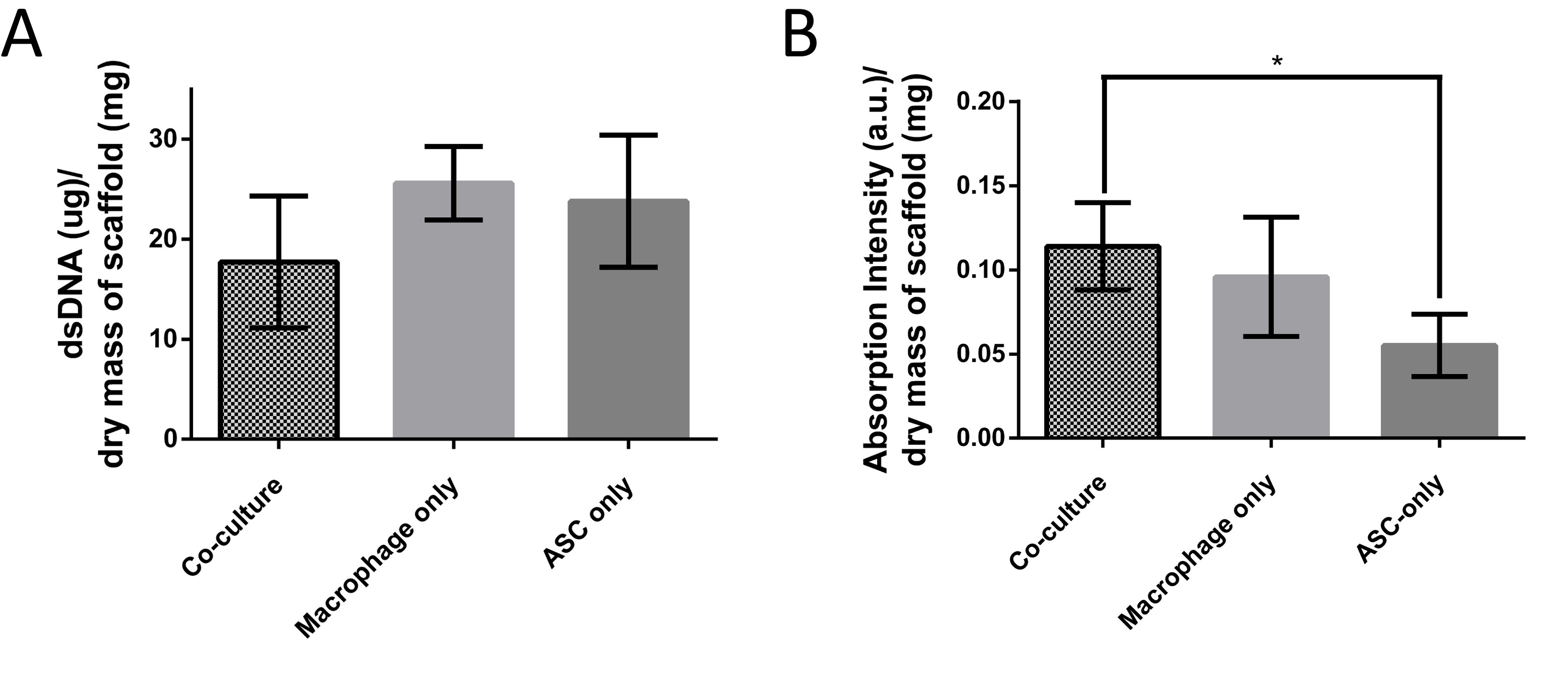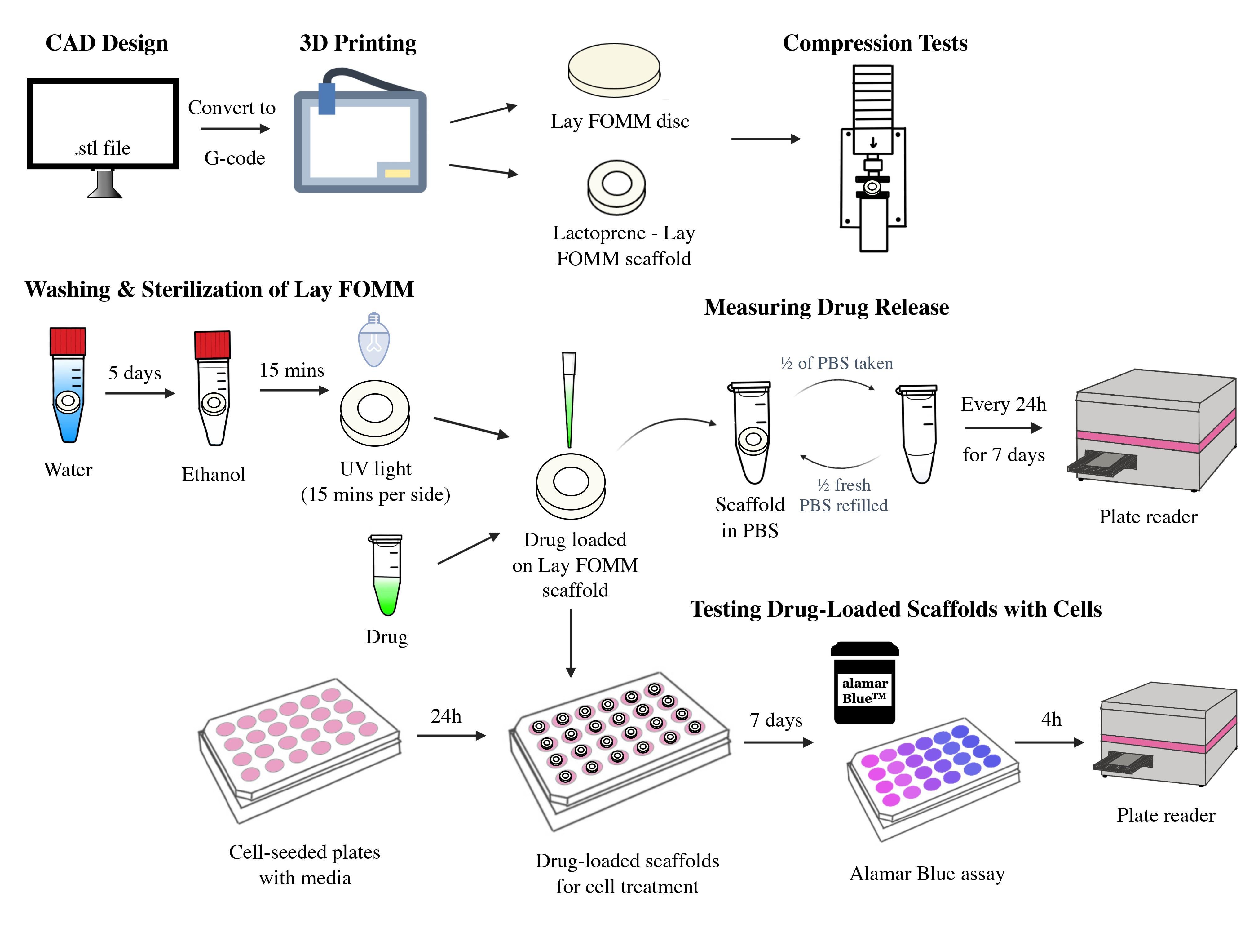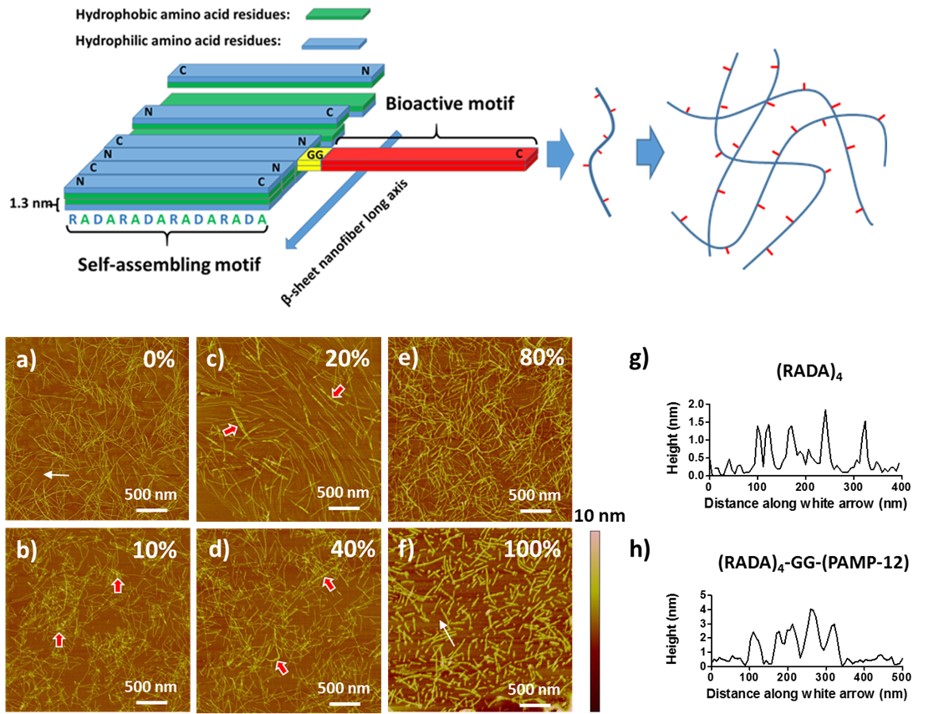Save the Date for CBS2026! June 2–5, 2026 0 comments
Overview The Canadian Biomaterials Society CBS , the Canadian Society for Pharmaceutical Sciences CSPS , and the Controlled Release Society cc-CRS are joining forces to host a landmark joint conference at UBC Vancouver...
more








